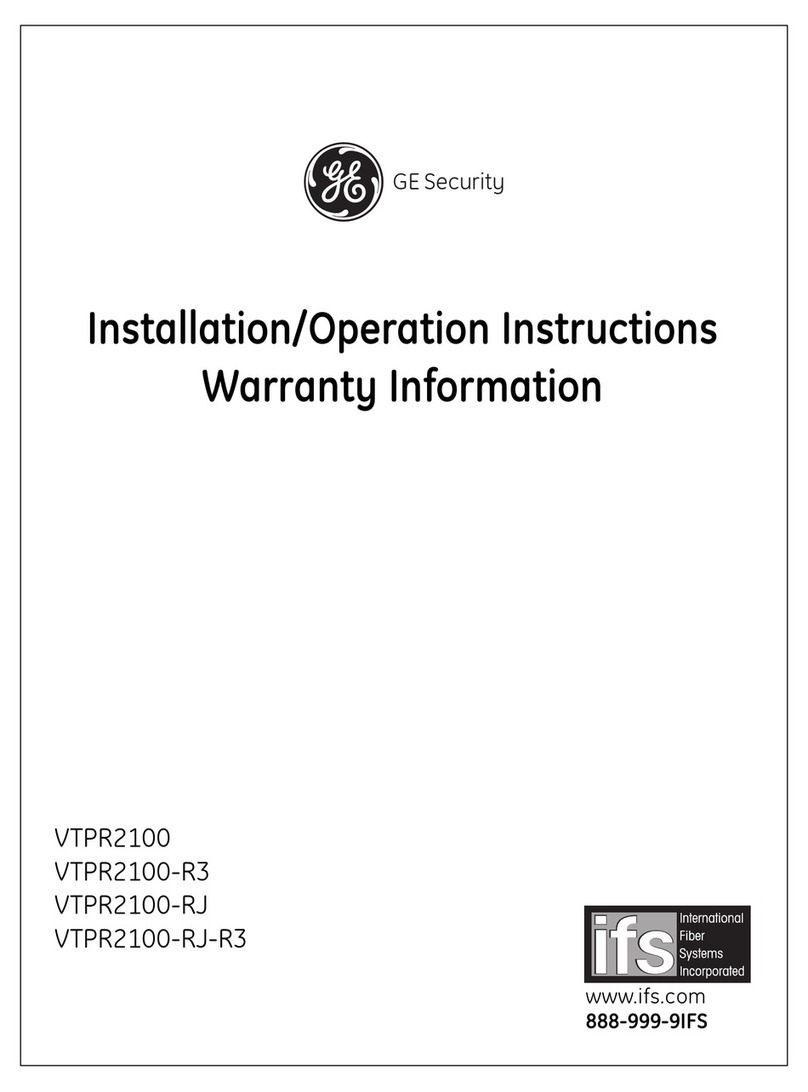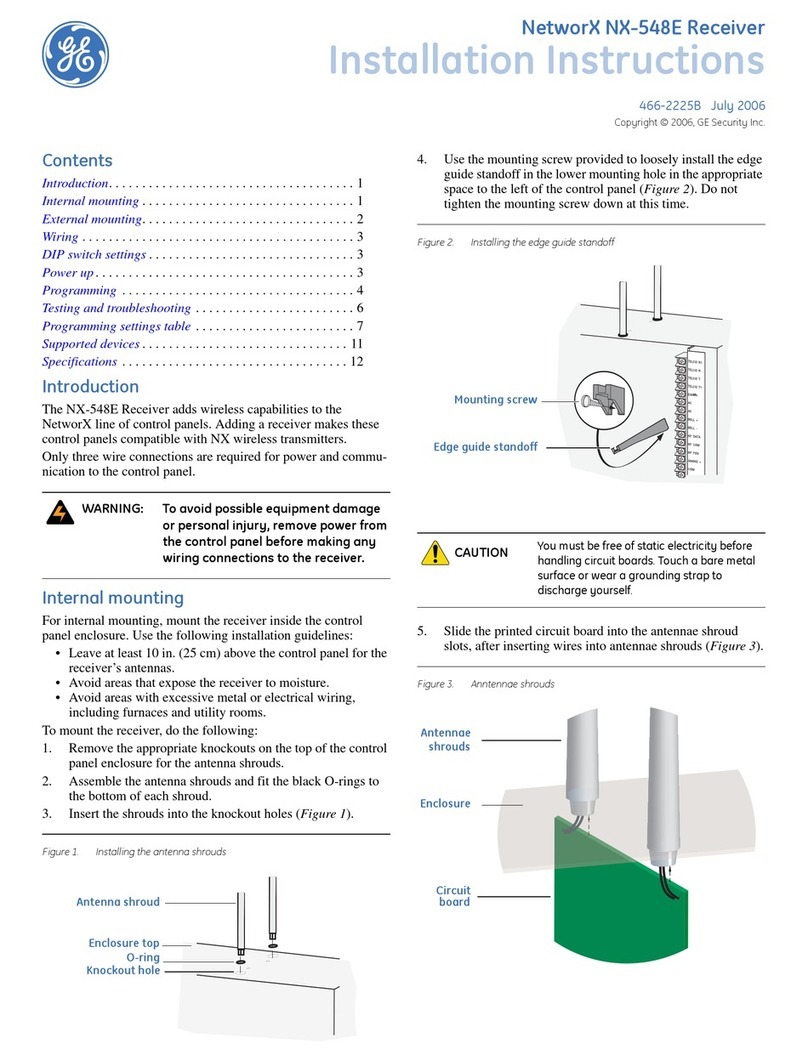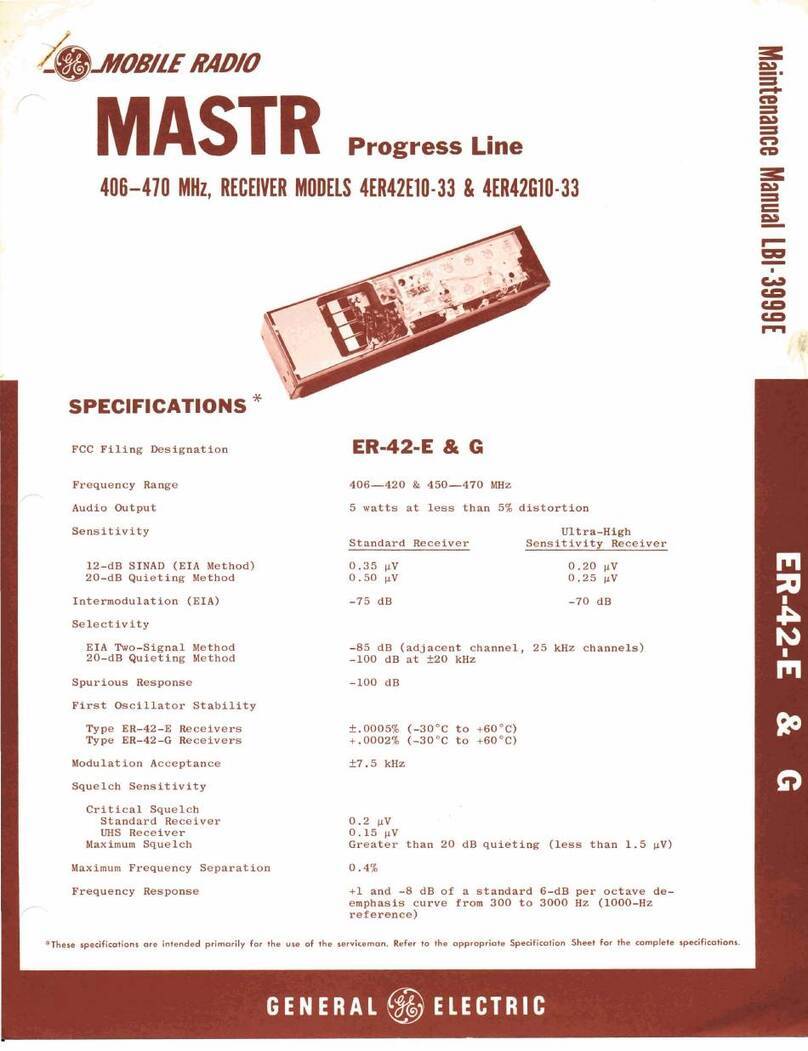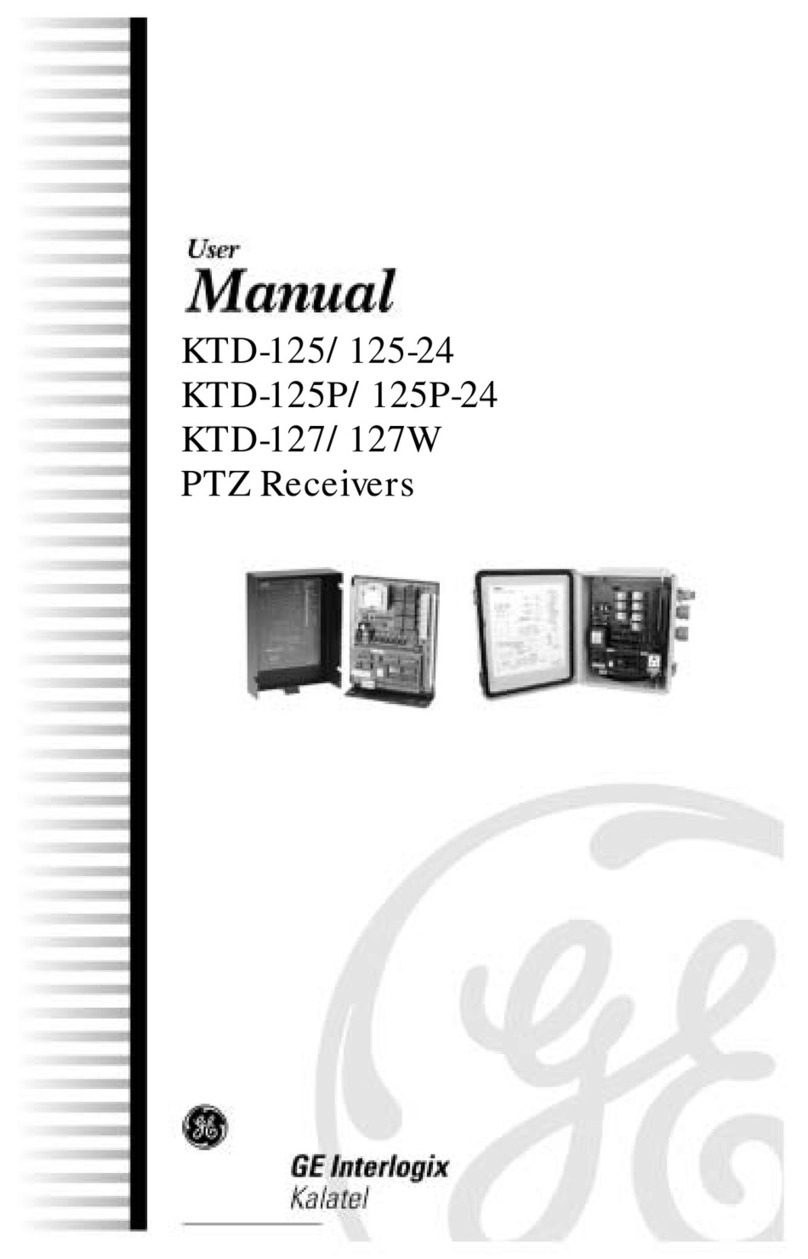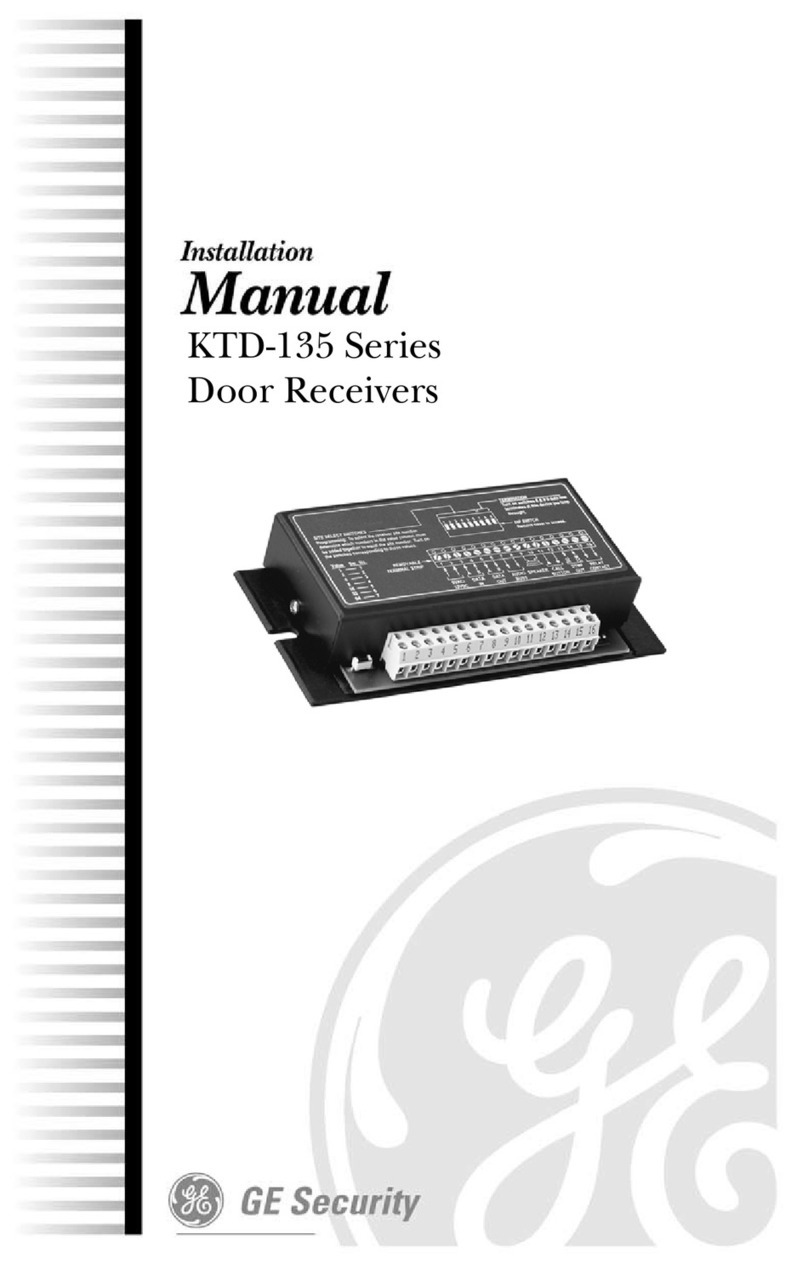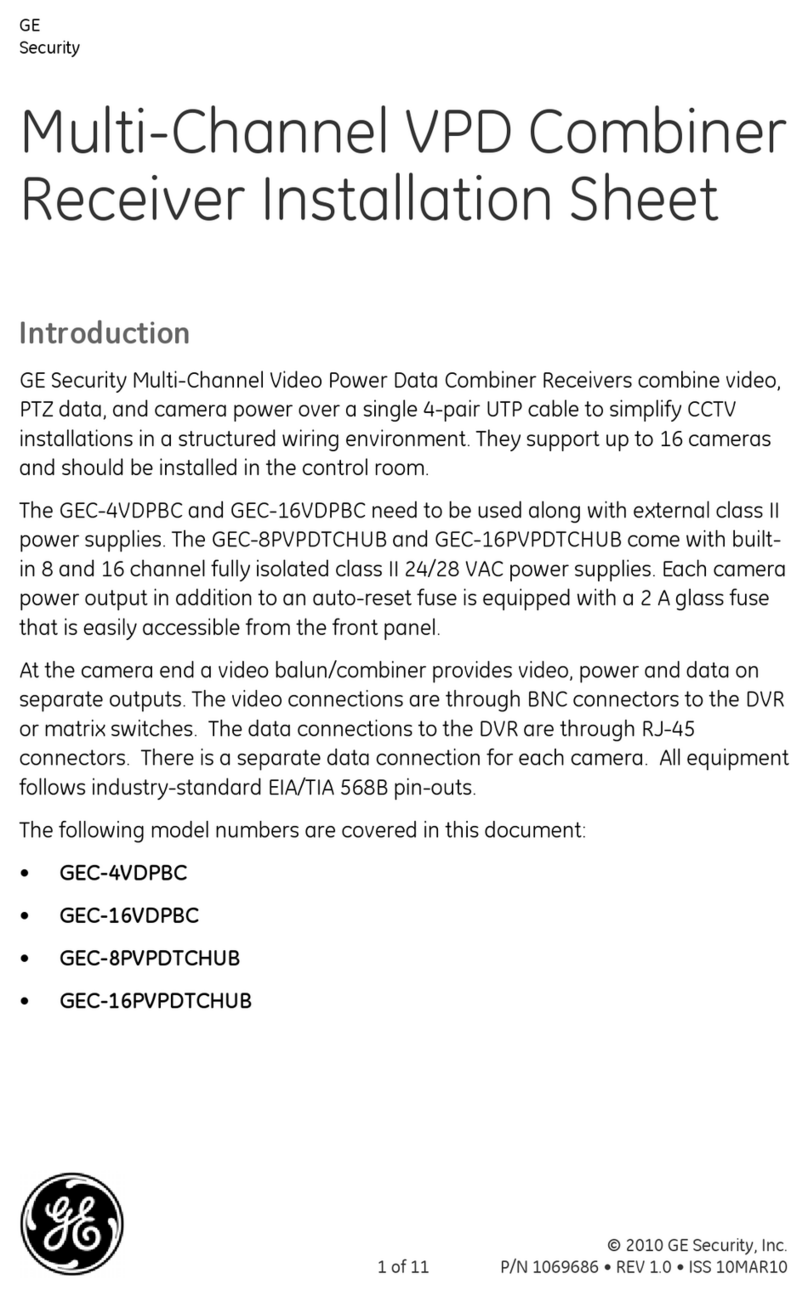MDS 05-2818A01, Rev. C MDS P-60/P-60 HL Reference Manual i
TABLE OF CONTENTS
1.0 Introduction.................................................................................. 7
1.1 About This Manual ...........................................................................7
1.2 Equipment Description .....................................................................8
1.3 Accessories ....................................................................................11
2.0 MDS P-60 Installation................................................................12
2.1 Unpacking and Inspection ..............................................................12
2.2 Installation Considerations .............................................................12
2.3 Mounting the Enclosure .................................................................12
2.4 MDS P-60 Cable Connections .......................................................17
2.5 Audio and Keyline Connections—Analog Interface/Utility
Board (P/N 03-2110A01) ................................................................19
2.6 Data Connections—Digital Interface/
Utility Board (P/N 03-2472Axx) ......................................................23
2.7 Final MDS P-60 Installation Tasks .................................................25
3.0 MDS P-50 installation................................................................26
3.1 Unpacking and Inspection ..............................................................26
3.2 Installation Considerations .............................................................26
3.3 Mounting the Enclosure .................................................................26
3.4 MDS P-50 Cable Connections .......................................................31
3.5 Analog Interface/Utility Board Connections (P/N 03-1105A21) ......32
3.6 Digital Interface/Utility Board Connections
(P/N 03-1467A21) ..........................................................................36
3.7 Final MDS P-50 Installation Tasks .................................................38
4.0 P-60/P-50 Operation.................................................................. 39
4.1 Introduction ....................................................................................39
4.2 Initial Power-Up ..............................................................................39
4.3 Interface/Utility Board Features and Indicators ..............................42
5.0 Servicing Data ........................................................................... 47
5.1 Introduction ....................................................................................47
5.2 Preventive Maintenance .................................................................47
5.3 Fuse Replacement .........................................................................47
5.4 Backup Battery ...............................................................................48
5.5 System Troubleshooting ................................................................50
5.6 List of Replaceable Assemblies .....................................................51
5.7 Packaged System Adjustments—MDS P-60 .................................52
5.8 Service Drawings and Reference Data—
MDS P-60 ......................................................................................55
5.9 Packaged System Adjustments—MDS P-50 .................................64


